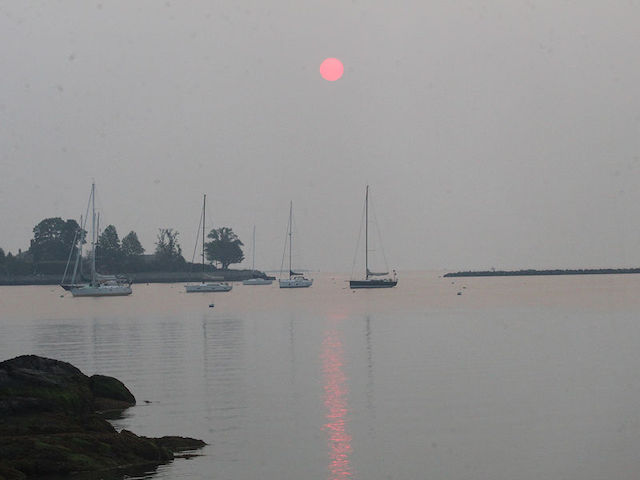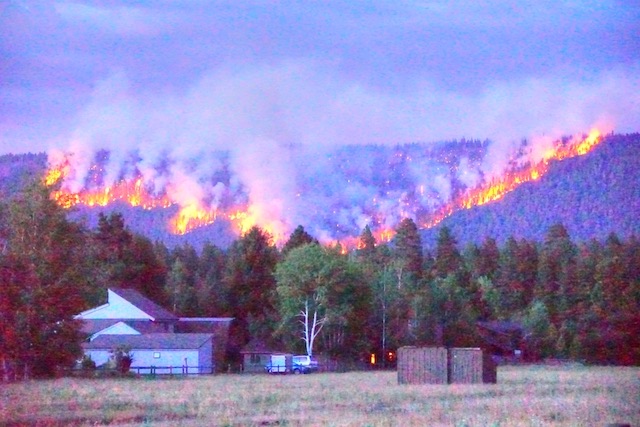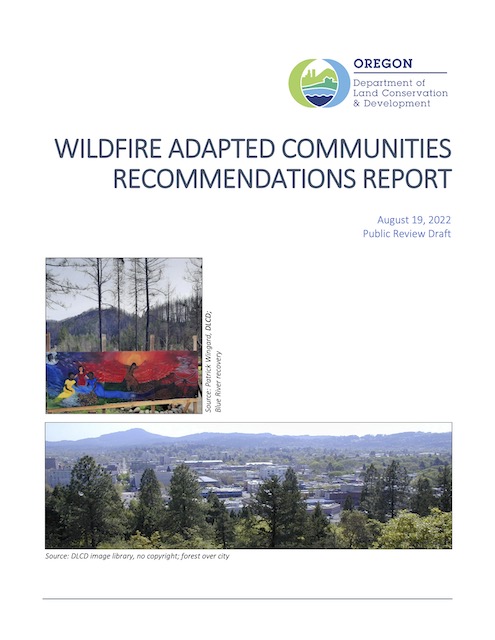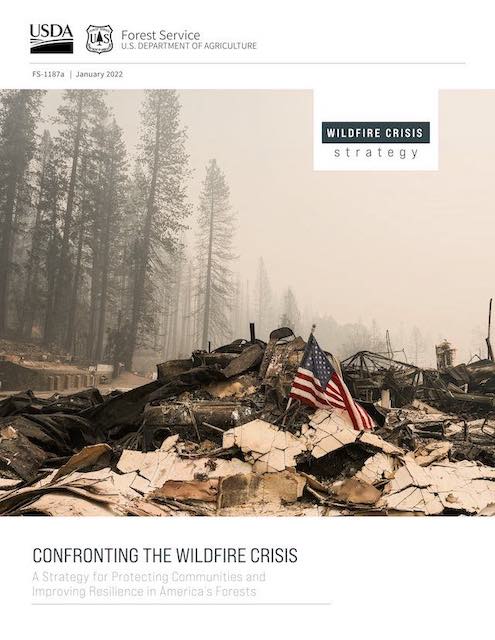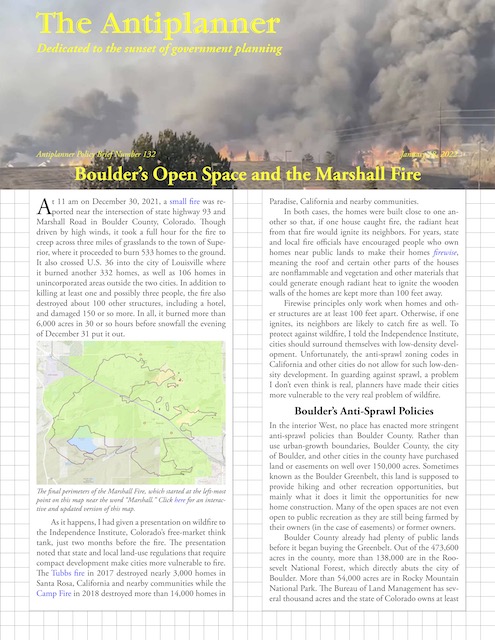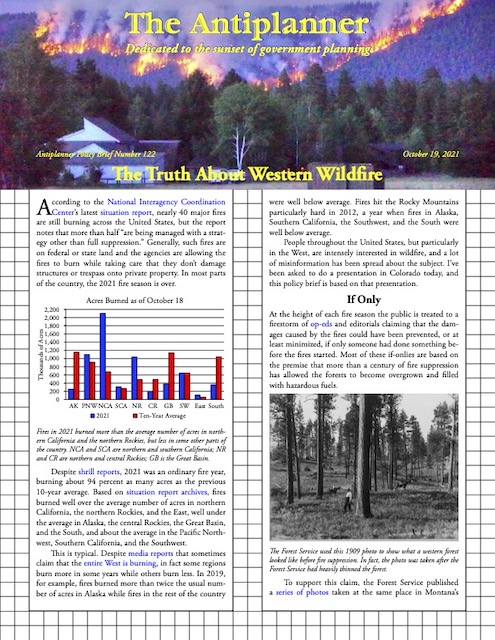The National Park Service is under fire for treating a wildfire on the North Rim of the Grand Canyon by “managing it as a controlled burn.” The fire, of course, escaped “management” and burned down the 87-year-old Grand Canyon Lodge along with scores of cabins near the lodge.
Although an Interior Department spokesperson responded by saying that “the allegation that this fire was managed as a controlled burn is not at all accurate,” I’m more inclined to believe the earlier reports from Arizona than a claim by someone in Washington DC. I suspect the official meant that the fire was not deliberately started as a prescribed fire, but the allegation is that, when the fire was started by lightning, Park Service managers decided to “let it burn” to help restore the natural fire ecosystem and didn’t start aggressively fighting the fire until it was too late to save the lodge. Continue reading


